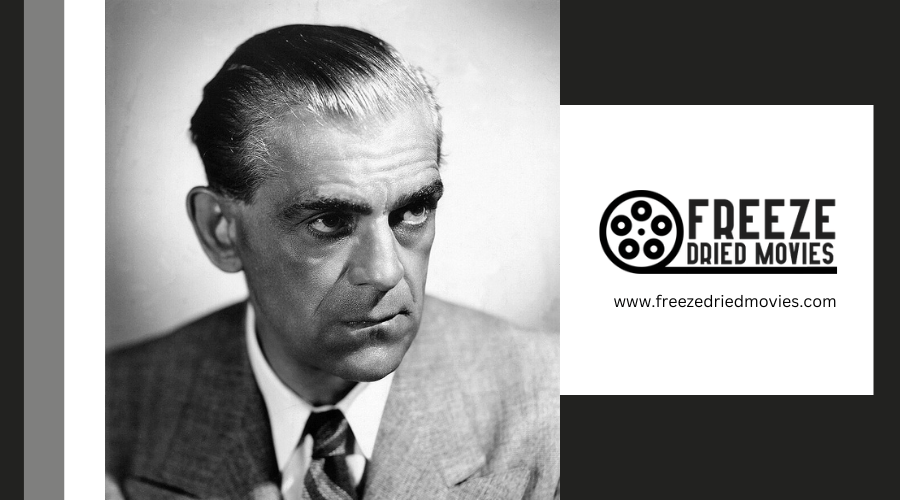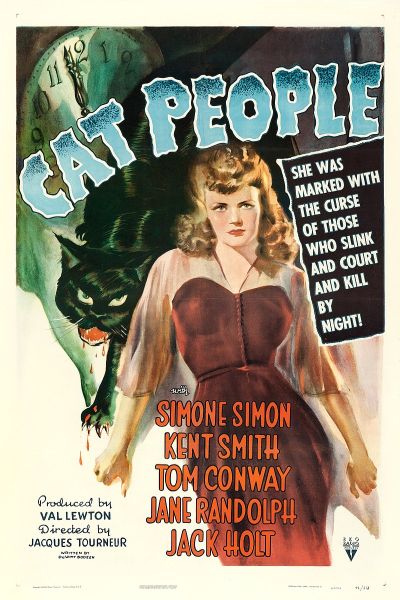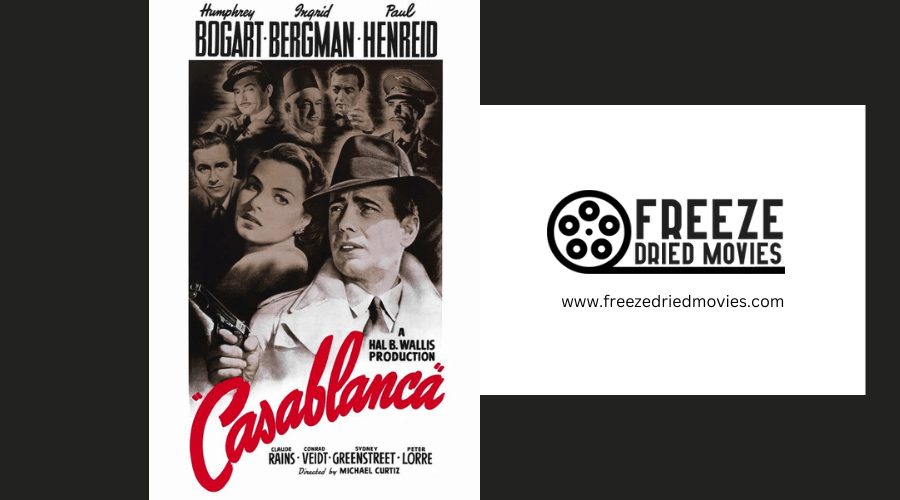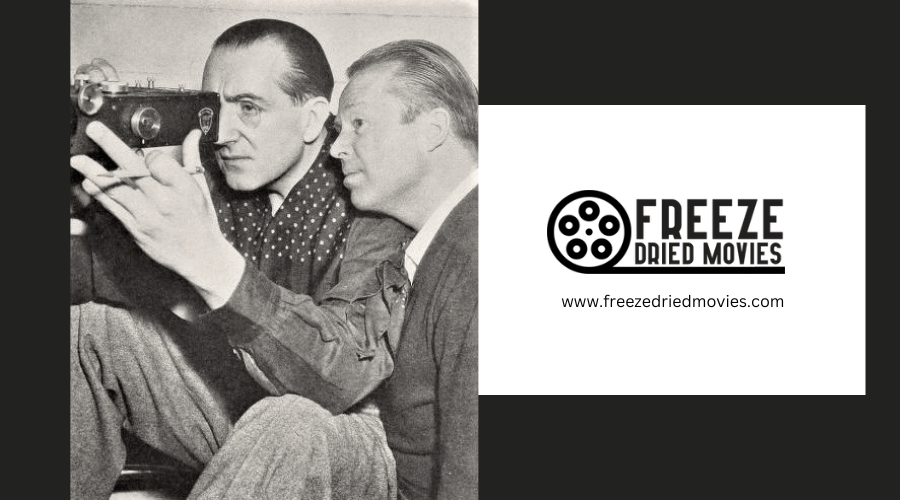What Artistic Ambitions Defined 1940s Horror Films?

In the 1940s, horror films predominantly aimed to evoke suspense and unease through sophisticated storytelling techniques, masterful use of shadow and light, and an exploration of supernatural themes. Directors such as Val Lewton were key in advancing atmospheric and psychological horror, skillfully blending reality with illusion to manipulate viewer perceptions.
Techniques like chiaroscuro and low-key lighting were employed to create a tense, eerie atmosphere, while innovative sound design enhanced the immersive experience. These films often incorporated supernatural elements like ghosts and witches, deepening the narrative complexity.
These films had a significant influence on the evolution of the horror genre, emphasizing psychological depth and atmospheric tension.
Evoking Suspense Through Storytelling
1940s horror films mastered the art of suspense through innovative storytelling techniques, immersing viewers in a realm dominated by psychological fear and tension. Directors like Val Lewton were pivotal, utilizing atmospheric storytelling that heightened fear not only through visible horrors but also through the unseen, engaging the audience's imagination. These films predominantly explored psychological horror, reflecting the characters' internal fears and, by extension, those of the audience.
The period was notable for its advancements in sound design, which were crucial in enhancing these immersive experiences. Imagine being in a dimly lit theater where every sound detail, from a subtle creak to a sudden crescendo, maintained a high level of suspense. Here, sound transcended its traditional background role, becoming integral to navigating the psychological depths of the characters' experiences.
Furthermore, 1940s Hollywood horror films introduced complex narratives featuring plot twists and unreliable narrators, compelling viewers to distinguish between reality and illusion. This non-linear storytelling approach made the horror more intimate and immediate, transforming passive viewing into an active, engaging experience.
Mastery of Shadow and Light

In the realm of 1940s horror cinema, cinematographers adeptly used shadow and light to create suspenseful and atmospheric scenes, significantly enhancing the narrative impact. Films like 'Cat People' and 'The Body Snatcher' exemplify how the strategic use of shadows and light serves more than a mere aesthetic purpose; it actively contributes to the unfolding drama. This technique isn't only about establishing a scene but also about intensifying the suspense and tension crucial to the horror genre.
The use of low-key lighting and chiaroscuro was instrumental in setting a foreboding tone that effectively unsettled viewers. Shadows were employed not just as areas lacking light but as tools for partial concealment, adding layers of mystery and heightening psychological engagement with the characters and the plot.
This distinctive visual style, emblematic of 1940s horror, played a key role in crafting the genre's unique, eerie ambiance. It underscores the skill of cinematographers of that era, who could manipulate simple elements like light and shadow to evoke profound emotional responses and sustain high levels of suspense throughout the film.
Exploring the Supernatural
In the 1940s, horror cinema delved deeply into the supernatural realm, with films such as 'The Uninvited' and 'I Walked with a Zombie' that not only used ghosts, vampires, and witches to enhance the thrill and suspense but also served as portals to the enigmatic unknown. These movies excelled in building tension, not through grandiose displays but by tapping into the innate human fear of the unseen and inexplicable.
Directors of this era effectively used supernatural elements to craft scenes filled with atmospheric dread, creating an immersive experience where the audience could feel the presence of the supernatural, chilling their spines as they watched. This approach was a meticulous artistic choice designed to keep viewers engaged and on the edge of their seats.
The supernatural in 1940s horror was pivotal, serving as a key narrative device that intricately wove fear and anticipation into the cinematic fabric, rendering these films not only memorable but atmospherically eerie. The viewers weren't just passive spectators; they were active participants in experiencing these supernatural phenomena.

Soundscapes of Fear
Horror films from the 1940s utilized advanced sound design techniques to create deeply immersive and terrifying soundscapes. This era saw the integration of innovative sound technologies that made environments feel palpably eerie as if one could sense the supernatural presence looming close. The sound effects and well-orchestrated musical scores worked in concert to intensify the psychological impact of the films, turning every creak and distant howl into a moment of sustained tension.
Musical scores were pivotal, not merely accompanying the visuals but driving the narrative forward, crafting an inescapable atmosphere of dread. Viewers became participants in a meticulously crafted world designed to evoke fear. The synthesis of sound and visual elements was so effective that it left a profound influence on the horror genre for future generations.
Here's a summary of the key sound elements and their contributions to the horror experience in 1940s films:
| Element | Contribution to Horror |
|---|---|
| Eerie Sound Effects | Enhanced feeling of dread |
| Haunting Musical Scores | Increased tension and atmosphere |
| Innovative Sound Design | Provided immersive experiences |
These components were harmoniously blended to ensure that the soundscapes of 1940s horror films were not only audible but also experientially impactful.
Psychological Complexity in Characters
Characters in 1940s horror films often grappled with moral ambiguities and inner conflicts, reflecting the era's societal anxieties. These characters, including the quintessential mad scientist, embodied the struggle between the pursuit of scientific discovery and ethical constraints. Their psychological complexity not only enhanced the narrative but also mirrored real existential fears of the time.
Both protagonists and antagonists in these films were portrayed with psychological depth, blurring the lines between good and evil. This nuanced portrayal prompted viewers to reflect on their own moral choices and ethical boundaries. The films served not only as entertainment but also as profound explorations of the human psyche, encouraging audiences to confront their own inner darkness.
Legacy of 1940s Horror Cinema

The enduring influence of 1940s horror cinema, exemplified by films such as 'The Wolf Man' and 'The Body Snatcher,' remains evident in their unique blending of psychological tension and supernatural elements. These films not only captivated audiences but also established enduring standards in the horror genre, which continue to inspire contemporary filmmakers. Today's horror movies often echo the 1940s approach by combining deep-seated psychological fears with supernatural scenarios to craft engaging and complex narratives.
Key impacts of 1940s horror cinema include:
- Iconic Figures: Actors like Lon Chaney Jr., Boris Karloff, and Bela Lugosi became synonymous with horror, setting the foundation for character portrayal in the genre that influences actors even today.
- Psychological Depth: This era added a significant layer of psychological depth to horror, moving the genre beyond simple shock and spectacle by delving into the intricacies of fear and the human psyche.
- Economic Success: Films such as 'The Wolf Man' not only enjoyed critical acclaim but also commercial success, proving the financial viability of the horror genre.
- Cultural Influence: These films have a widespread influence, affecting various aspects of popular culture, including literature, visual arts, and fashion, demonstrating their broad cultural impact.
The legacy of 1940s horror films continues to be a pivotal reference point in the discussion of horror cinema's development and enduring appeal.
Conclusion
Exploring 1940s horror films reveals their pioneering use of suspense, shadow, and sound to create eerie atmospheres.
These films delved into the supernatural while pioneering deeper psychological character exploration, influencing future cinematic approaches to horror.
Their enduring legacy highlights their role in evolving the genre, showcasing how they've shaped modern horror storytelling through innovative techniques.




